
 5526162584
5526162584
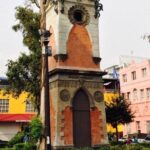
Nearest at 0.07 kms.
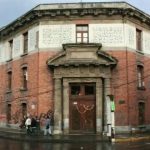
Nearest at 0.18 kms.
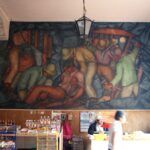
Nearest at 0.19 kms.
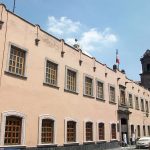
Mexico City's premier labor organizing and union university . . .
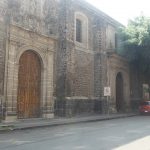
The old church of an important early Dominican convent in the Historic Center...
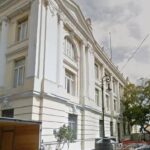
The old School of Law in a much older former convent...
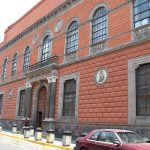
The first Academy and Museum of Fine Arts in the Americas...

One of the most important sites in the city, even today, don't miss the chance to visit the Templo Mayor.